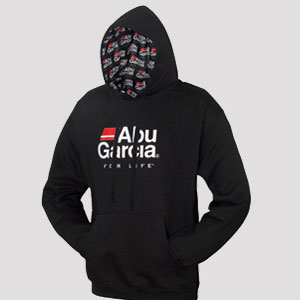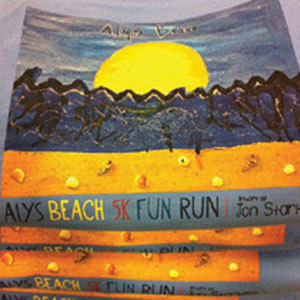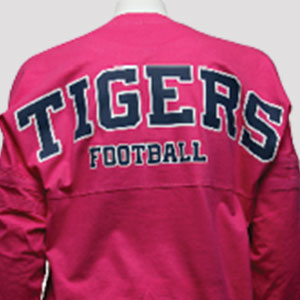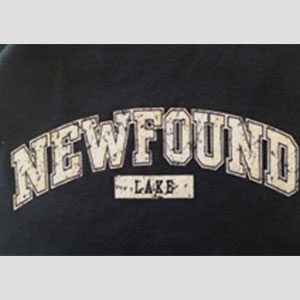Strategy June 03, 2015
Sales Boost: Step 4 - Increase Your Apparel Decoration IQ
Win long-term client loyalty and additional sales by offering these decoration techniques.
Decoration Education
You know about basic screen printing and embroidery, but by expanding your knowledge of garment embellishment to include sublimation and direct-to-garment printing, you’ll be able to pitch more creative, on-trend concepts to clients and earn additional profits.
The basics: Sublimation printers use special dyes and transfer papers, which are then heat-pressed onto a garment. The resulting chemical reaction causes the ink to convert into a gas and bond with the shirt fibers, leaving behind vibrant, full-color graphics.

FPS Apparel (asi/53475) has used sublimation to decorate hoodie liners on sweatshirts.
Upsides: Sublimation is ideal for printing on polyester-rich performance wear. Since the prints fuse with the fabric, the designs do not flake or fade. (Clients will like that selling point!) Plus, with sublimation, you have the opportunity to provide clients with unlimited color options.
Drawbacks: Sublimation is not compatible with natural fibers like cottons. Generally, sublimation is limited to white-colored fabrics.
Sales Tip: Suggest that schools, teams and others sublimate the liners of hooded performance sweatshirts with their logo/mascot/team name, etc. Additionally, show clients in the athletics world samples of increasingly popular all-over prints – sublimated prints that cover much or all of a garment. Cycling jerseys, paintball jerseys, leggings for female fans and wrestling singlets are excellent for this application.
Direct-To-Garment Digital Printing
The basics: “DTG” printing involves using a modified inkjet printer to apply graphics directly to garments. Think of it like this: Instead of printing out a colored document, you’re printing out a shirt.

Visual Impressions created this evocative design using DTG printing.
Upsides: Deliver clients photograph-quality prints that, if desired, explode with a full range of vivid colors. DTG can be a more cost-effective alternative than screen-printing on smaller volume jobs that call for multiple colors, since the additional setup charges associated with traditional printing don’t apply.
Drawbacks: It’s wise to avoid synthetic performance fabrics and stick to natural fibers. Also, you don’t always get the exact color-match you need to meet a client’s requirement.
Sales Tip: After partnering with a print shop that offers DTG, earn your “consultant” stripes by suggesting (and even helping) clients develop eye-catching, multicolored graphics for their lower-volume apparel orders. You’ll win points for the creative approach and for being able to deliver garment graphics that ‘wow’ at a highly competitive price.
Three Hot Decoration Trends

Shoulder prints, like this one shown courtesy of Transfer Express (asi/91804), are gaining in popularity. Also known as “billboard” or “pom-pom pullover” prints, this decoration style typically features tall lettering across the back of the shoulders on loose fit or oversized shirts and jerseys.

Multimedia embellishment involves combining multiple apparel decoration mediums in a single design or garment. This multimedia design was created by Hirsh International, a provider of garment decorating equipment. The design includes digital printing, embroidery and a multi-layered laser-cut appliqué.

Distressed designs, like this one created by Black Duck Inc., give prints or embroidery an aged, worn-out or beaten-up look. The designs often lend a lived-in, comfortable aesthetic to apparel, creating a cool image that appeals to younger and/or fashion-conscious end-users.
Action Items
- Partner with apparel decorators that offer multiple decoration techniques under one roof.
- Have decorators advise you on new trends and techniques, and to which type of end-buyers these techniques may appeal.
